Jackie: film reveals how shattered widow conjured up JFK’s Camelot
One week after a bullet exploded JFK’s head on a street in downtown Dallas, Jackie Kennedy summoned a journalist to her home.
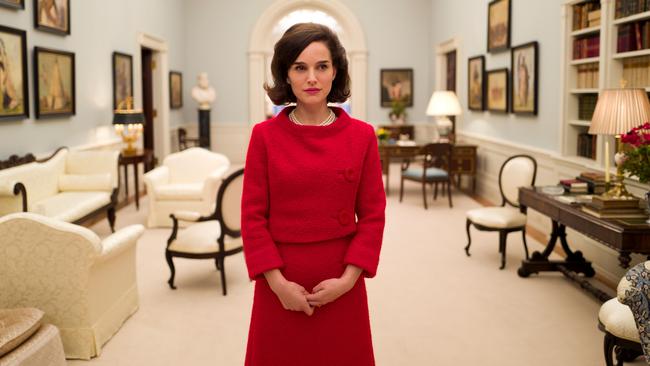
One week after an assassin’s bullet exploded John F. Kennedy’s head on a street in downtown Dallas, Jackie Kennedy, deeply traumatised by what she had witnessed, summoned journalist Theodore H. White to her Hyannis Port home in Massachusetts for an interview.
White had written the Pulitzer prize-winning The Making of the President (1960) and was a reporter for Life magazine. This was the scoop every journalist wanted. On the phone, Jackie railed against “bitter” journalists for their cold eulogies of the Kennedy presidency and told White she had something to say.
In the subsequent article, published in Life’s December 6 issue, Jackie gave birth to the Camelot myth that would define the Kennedy legacy. As they tussled over what White could and could not print, Jackie sought to influence how her slain husband would be remembered.
Jackie told White that Kennedy liked to play the record of the Broadway musical Camelot, about King Arthur and Queen Guinevere. His favourite part of the finale “had been an obsession with me”, she said, and she felt compelled to tell someone:
Don’t let it be forgot
That once there was a spot
For one brief shining moment that was known as Camelot.
“There’ll be great presidents again,” Jackie said, “but there’ll never be another Camelot.”
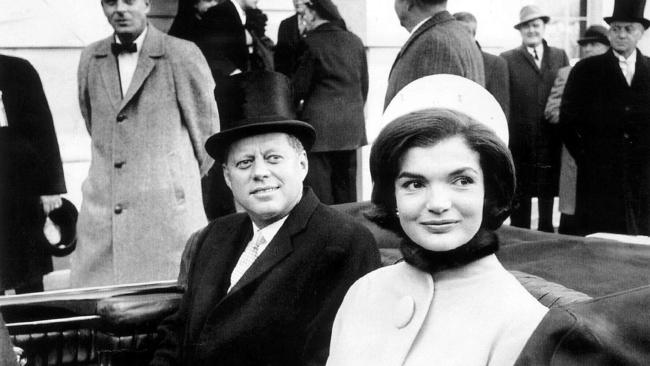
Kennedy’s funeral and his burial beneath an eternal flame at Arlington National Cemetery were also manipulated by Jackie to hallow his memory. While these interventions often put her at odds with president Lyndon Johnson’s new administration as well as the Kennedy family, she was determined to shape the historical memory.
Jackie gave only three significant interviews after the assassination.
The second was with William Manchester, who was commissioned by the Kennedy family to write a book about the assassination. He interviewed more than 1000 people, and The Death of a President was published in 1967. Within months, it had sold a million copies.
But Jackie regretted what she had told Manchester, sued him before publication, and a settlement was eventually agreed on. Part of the settlement was that her interviews for the book would not be released until 2067 — 100 years after its publication.
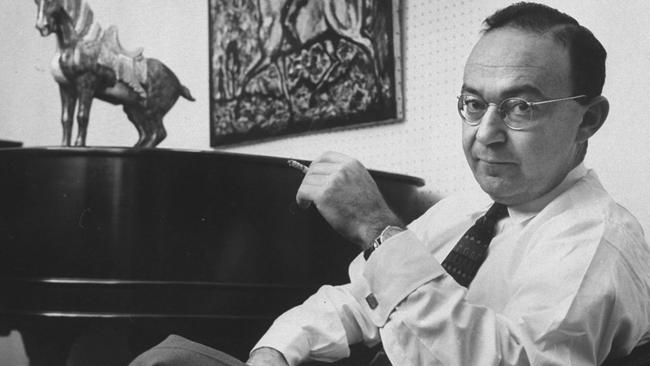
Her most significant interviews were conducted with White House aide and historian Arthur Schlesinger Jr in 1964. This extensive oral history was published in 2011. But White was the first to hear the former first lady’s grief and put it on the page.
Jackie’s post-assassination anguish, framed by her interview with White, is vividly portrayed in director Pablo Larrain’s powerful new film, Jackie, starring Natalie Portman.
This is not a stylised portrait of an inspirational president and his beautiful wife. From the opening scene, when a haunting cello plunges the mood, Portman’s tormented face rarely leaves the screen.
The acting and direction are superb, with a script by Noah Oppenheim that maintains interest, but this is a wrenching film that runs for an unremittingly grim 100 minutes, making it an intense but affecting experience.
There have been many movies about the assassination — most recently Parkland (2013) and Killing Kennedy (2013) — but Jackie is harder to watch. The flashbacks to November 22, 1963, are harrowing. But this is the crux of the story: you can’t come to grips with what Jackie went through unless you see it recreated through her eyes.
In 2013 I interviewed Clint Hill, the secret service agent who leapt on to the back of the black Lincoln Continental just as the fatal shot blew Kennedy’s head apart and showered Jackie with blood, bone and brain. He described it as a “melon shattering on to cement”.
Jackie, with terror in her eyes, climbed over the back of the car to retrieve parts of Kennedy’s head. Hill pushed her back in the seat and Kennedy slumped in her lap. “My God,” she said. “They have shot his head off!”
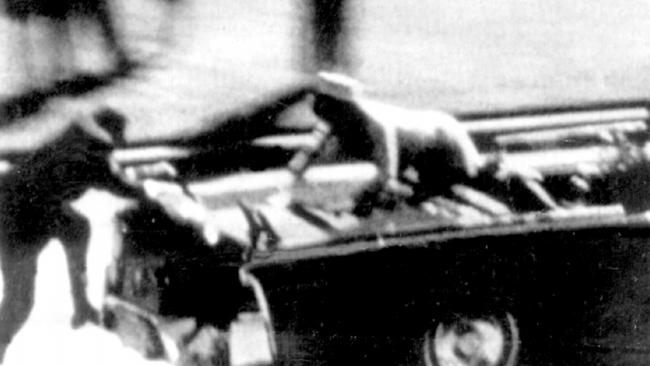
The film chronicles the distressing scenes that followed at Parkland Hospital and on board Air Force One back to Washington, and her arrival at the White House still wearing her blood-soaked pink suit. “I want them to see what they’ve done,” she said to people who suggested she change her clothes.
In the bathroom on the presidential plane, she finally wipes her husband’s blood from her face. As she takes a shower we see the blood escape from her hair and wash down her back to the drain beneath her feet. It is not a film for the faint-hearted.
Flashbacks to Jackie’s televised tour of the White House in 1962 allow Portman a respite from the misery and a reminder of happier times.
There are other characters who have important roles, such as White House social secretary Nancy Tuckerman (Greta Gerwig) and Bill Walton (Richard E. Grant), a Kennedy family confidant who helped organise the funeral. Jackie battles with Johnson aide Jack Valenti (Max Casella) over funeral plans. The only aspect of the film that jars is Peter Sarsgaard’s portrayal of Bobby Kennedy; he is too cold and detached.
The other character who helps to illuminate the private Jackie is a priest portrayed by John Hurt. We know that Jackie confided in two priests after the assassination, Joseph Leonard and Richard McSorley. She poured out her emotions, questioned God and spoke of suicide.
“There comes a time in man’s search for meaning when one realises that there are no answers,” the priest ruefully tells her.
Like any motion picture rendering of history, there is a blurring between fiction and fact. But I was surprised by how much the filmmakers adhered to what is known about Jackie following the assassination and especially her engagement with White.
White was lunching in New York when he learned of the assassination. He promptly returned to the office, spoke to his editors and left for Washington. He wrote a eulogy that was published in the November 29 issue of Life.
That same day, Jackie called White to Hyannis Port. When they sat down together that evening, White was struck by how she looked. “Composure ... beautiful ... dressed in trim black slacks, beige pullover sweater ... eyes wider than pools ... calm voice,” he scribbled on a notepad.
Over the next few hours, White sat transfixed as she recalled the assassination, the turmoil at the hospital and on the plane, and the funeral and burial.
“I could see a piece of his skull coming off,” White’s notes record Jackie saying about the horrific scene in Dealey Plaza. “Then he slumped in my lap … I kept bending over him, saying, ‘Jack, Jack, can you hear me? I love you Jack.’ I kept holding the top of his head down, trying to keep the brains in.”
None of this made it into Life. Jackie’s rambling sentences were mostly off the record, placing White in an ethical quandary. She carefully constructed what White (Billy Crudup) — billed in the film as “the journalist” — could put in the magazine.
It took White just 45 minutes to write the article as his editors held up the printing presses at a cost of $US30,000 an hour. As White filed by phone, Jackie stood close by, making sure it was her version that appeared under his byline.
The short article — “For President Kennedy, An Epilogue” — is infused with the Camelot myth. But it is White’s notes, made public in 1995, that give full expression to Jackie’s grief and form the basis for this compelling film.
Jackie is released nationally on Thursday. Read David Stratton’s 4-star review.



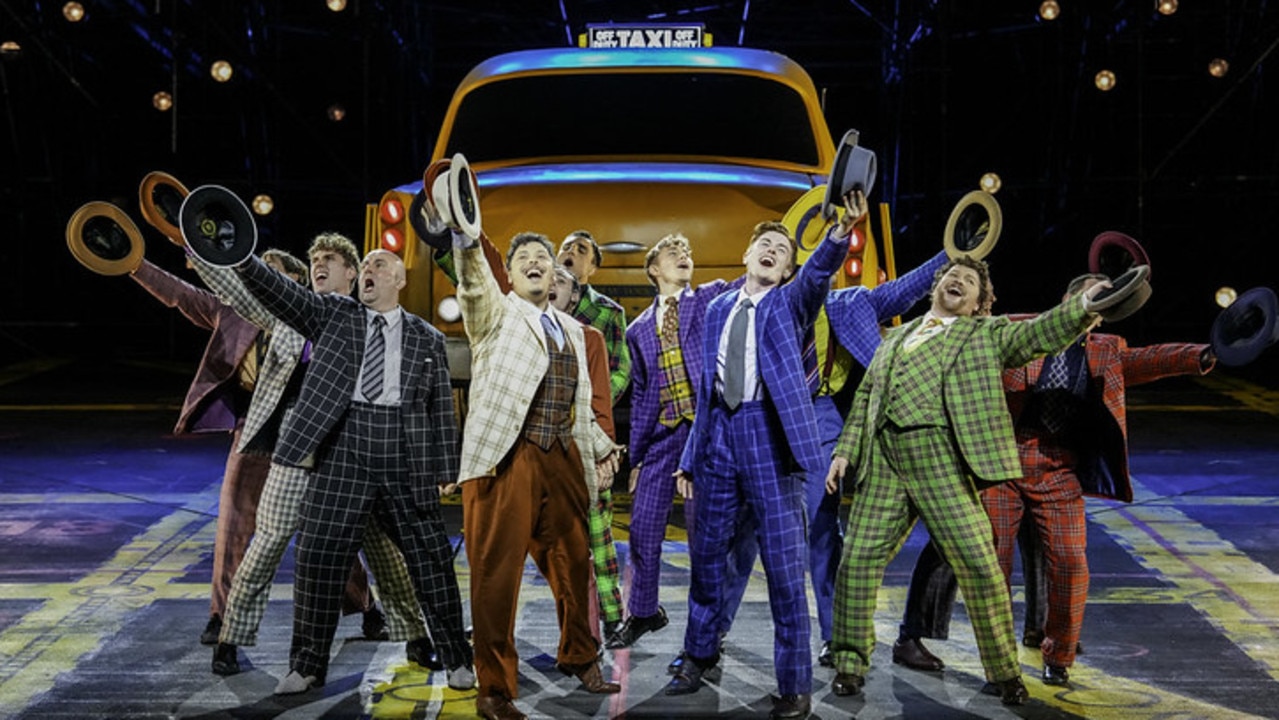

To join the conversation, please log in. Don't have an account? Register
Join the conversation, you are commenting as Logout